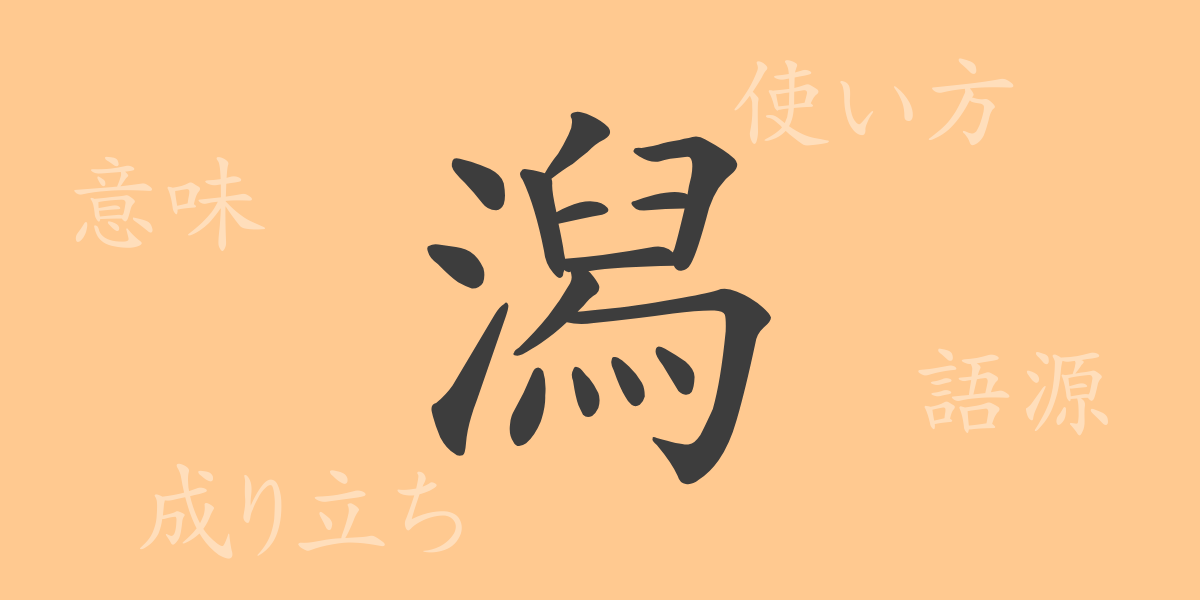The Japanese language imbues each character with deep historical significance and meaning. The kanji “潟” (Kata) is closely related to Japan’s natural environment and has been used in numerous place names and expressions. This article delves into the etymology of “潟” (Kata), its evolution to the present day, its meaning and usage, and its cultural impact. We hope that our readers will appreciate the profound depth of this commonly used kanji.
The Origin (Etymology) of 潟 (Kata)
The kanji “潟” (Kata) originates from an ancient term that describes a waterside environment. In ancient China, it was used to denote a shallow body of water separated from the sea or a river by land. In Japan, it was adopted as a fitting character to depict the nation’s rich natural landscape, especially used to refer to shallow waters or wetlands formed near seas or lakes.
The Meaning and Usage of 潟 (Kata)
“潟” (Kata) primarily signifies a shallow body of water that is sectioned off from a sea or lake by a narrow strip of land or sandbank. Such geographical features are commonly found along Japan’s coastlines and near the mouths of rivers, symbolizing the diversity of ecosystems and the richness of nature. Furthermore, “潟” (Kata) is widely used in place names and geographical expressions, playing a role in identifying the distinctive landscapes of various regions in Japan.
How to Read 潟 (Kata), Stroke Count, and Radical
To fully understand the kanji “潟” (Kata), it’s important to know its readings, stroke count, and radical.
- Readings: Onyomi (Sino-Japanese reading) is “かた” (kata), Kunyomi (native Japanese reading) is “しが” (shiga)
- Stroke Count: 15 strokes in total
- Radical: Water (みず, mizu, Sanzui)
Idioms, Phrases, and Proverbs Using 潟 (Kata) and Their Meanings
Idioms, phrases, and proverbs containing “潟” (Kata) reflect the Japanese view of nature and their values. For example, “潟を渡る” ( kata- wo -wata-ru) means to overcome temporary hardships or difficulties, and “潟上” (katagami) is an expression found in Japanese poetry that describes the scenery reflected on the surface of the water. Through these words, we can perceive the Japanese spirit of valuing harmony with nature.
Conclusion on 潟 (Kata)
By deeply understanding the meaning behind each kanji, we can feel the culture and history through language. “潟” (Kata) not only represents the natural landscapes of Japan but is also deeply rooted in place names and language, becoming a part of the Japanese way of life and mental landscape. Through this article, we hope you have rediscovered the multifaceted nature and charm of “潟” (Kata).

























